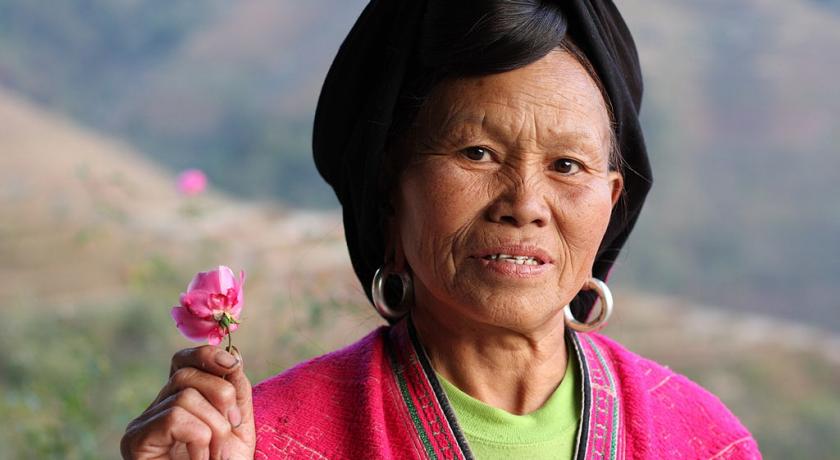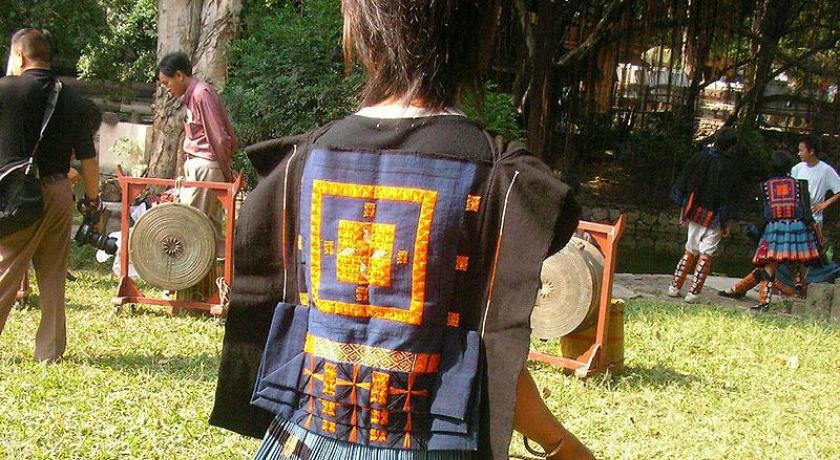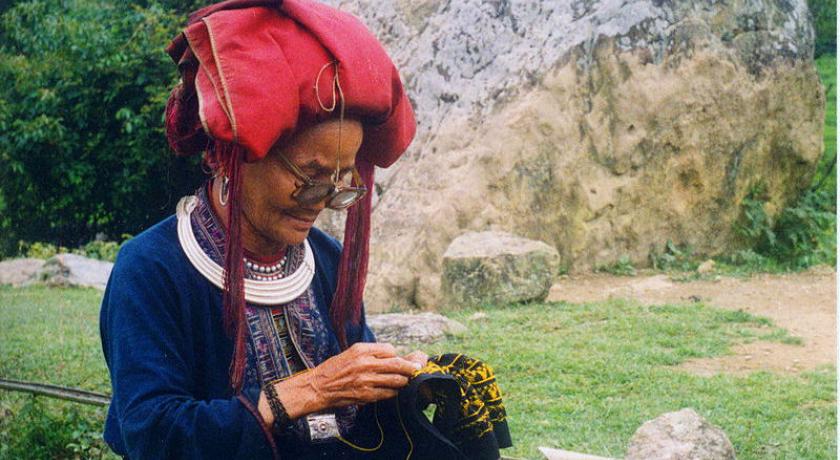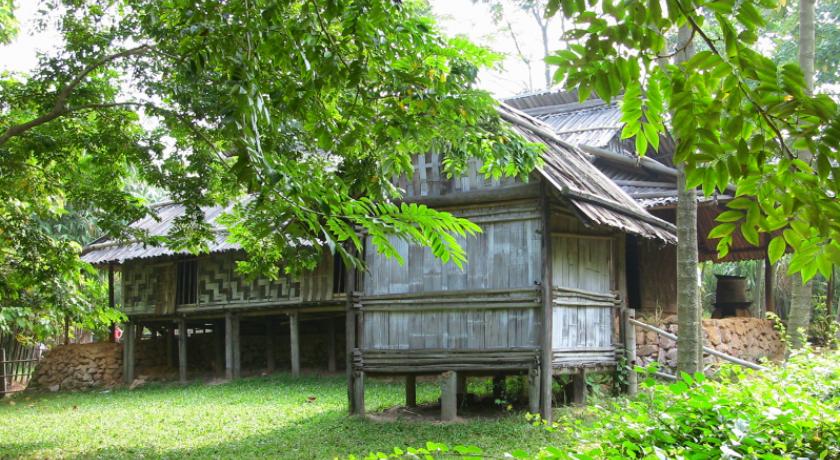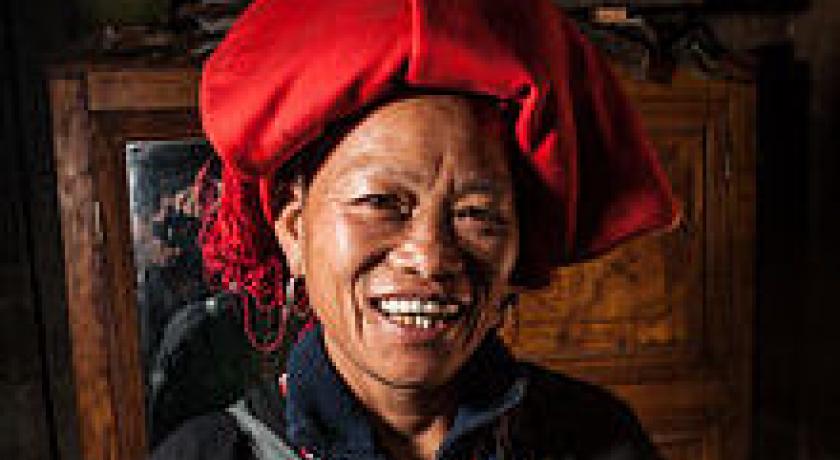Description
The Yao nationality (its great majority branch is also known as Mien; Traditional Chinese: 瑤族, Simplified Chinese: 瑶族, Pinyin:Yáo zú; Vietnamese: người Dao) is a government classification for various minorities in China. They form one of the 55 ethnic minority groups officially recognized by the People's Republic of China, where they reside in the mountainous terrain of the southwest and south. They also form one of the 54 ethnic groups officially recognized by Vietnam. In the last census in 2000, they numbered 2,637,421 in China, and roughly 470,000 in Vietnam.
History
Early history
The origins of the Yao can be traced back 2,000 years ago, starting in Hunan Province. The Yao and Miao people were among the rebels during the Miao Rebellions against the Ming dynasty. As the Han Chinese expanded in southern China, the Yao retreated into the highlands between Hunan and Guizhouto the north and Guangdong and Guangxi to the south, and stretching into eastern Yunnan. Around 1890 the Guangdong government started taking action against Yao in northwestern Guangdong.
The first Chinese exonym for "Yao people" was the graphic pejorative yao 猺 (犭"dog radical" and yao 䍃 phonetic) "jackal", which 20th century language reforms changed twice; first with the invented character yao 傜 (亻"human radical") "the Yao", and then with yao 瑤 (玉 "jade radical") "precious jade; green jasper".
Laotian Civil War
During the Laotian Civil War, Yao tribes of Laos had a good relationship with U.S. forces and were dubbed to be an "efficient friendly force". They fought in favour of government against the communists. This relationship caused the new communist Laotian government to target Yao tribal groups for revenge once the war was over. This triggered further immigration into Thailand, where the tribes would be put into camps along the Thailand-Laos border.
Immigration to the United States
After obtaining refugee status from the Thai government and with the help of the United Nations, many Yao people were able to obtain sponsorship into the United States(although many remain in Thailand). Most of the Yao who have immigrated to the United States have settled along the Western part of the U.S., mainly in Central and Northern California such as Visalia, Fresno, Oakland, Oroville, Redding, Richmond, Sacramento, but also in parts of Oregon like Portland, Salem, and Beaverton as well as the state of Washington in Seattle and Renton. See Mien American for those identified as Mien.
Culture
The typical houses of the Yao are rectangular and they have structures made of wood and bamboo. Normally it has three rooms: a room and two dormitories in the lateral side. Each one of these rooms has a small oven to cook.
The men and the women cover their heads with a black or red scarf. Some women substitute this scarf by a turban that can adopt different forms.
The traditional suit of the women is of bright colors. They also decorate their shirts with decorations made out of silver.
In Vietnam, Yao people celebrate many exciting and meaningful festivals such as Nhơn chung lỉnh (literally: Red rice, Green rice"), Nhiang chằm đao (literally: Jumping Festival).
Religion
The Yao, or Iu Mien, practice Yao Taoism, a religion based on medieval Chinese Taoism, although many have converted to Buddhism and few to Christianity. Though some people have converted to other religions, many still practice their native traditions.
Marriage
Marriage is traditionally arranged by go-betweens who represent the boy's family to the girl's parents. If the union is acceptable, a bride price is negotiated, typically ranging from three to ten silver bars, worth about $100 U.S. dollars each, a partial artifact from the opium trade. The wedding takes place in two installments, first at the bride's house, followed by a procession to the groom's house where a second ceremony occurs.
Written languages
After the Eleventh Plenary Session of the Eleventh Central Committee of the Communist Party of China (in session from 1977 to 1982), the Guangxi Nationality Institute and the Chinese Academy of Social Sciences together created a new Yao writing system which was unified with the research results of the Yao-American scholar Yuēsè Hòu (Traditional Chinese: 約瑟·候/Simplified Chinese: 约瑟·候). The writing system was finalized at a one-day conference in 1984 in Ruyan County, Guangdong, which included Chinese professors Pan Chengqian (盤承乾/盘承乾), Deng Fanggui (鄧方貴/邓方贵), Liu Baoyuan (劉保元/刘保元), Su Defu (蘇德富/苏德富) and Yauz Mengh Borngh; Chinese government officials; Mien Americans Sengfo Chao (Zhao Fuming), Kao Chiem Chao (Zhao Youcai), and Chua Meng Chao; David T. Lee.
American linguist Herbert C. Purnell developed a curriculum and workshop presentations on language learning in East and Southeast Asia, as well as Yao Seng Deng from Thailand. The US delegation took the new writing system to the Iu Mien community in the United States where it was adopted with a vote of 78 to 7 by a conference of Mien American community leaders. This writing system based on the Latin alphabet was designed to be pan-dialectal; it distinguishes 30 syllable initials, 121 syllable finals and eight tones.
There is a separate written standard for Bunu, since it is from the Hmong/Miao side, rather than the Mien/Yao side, of the Miao–Yao language family.
Some people think that a variety of Yao is, or was, written in Nüshu, an indigenous script in Southern part of Hunan Province in China. But this connection between Yao language and Nüshu is disputed, because Nüshu more likely recorded local Chinese dialect which might be also known by Yao people in Hunan.
Officially illiteracy and semi-literacy among the Yao in China still stood at 40.6% in 2002.
Address
์North of Thailand
Tailandia
Lat: 18.706064224 - Lng: 98.981719971


